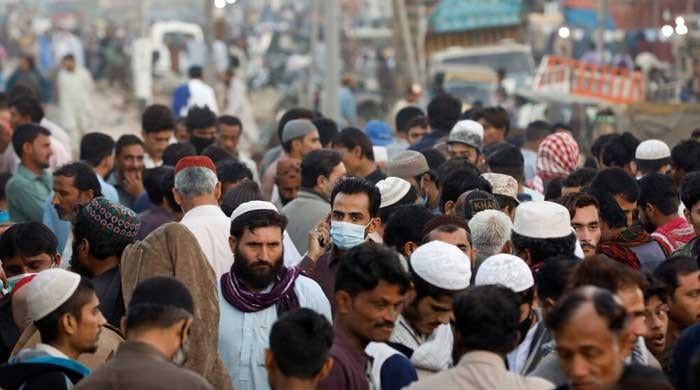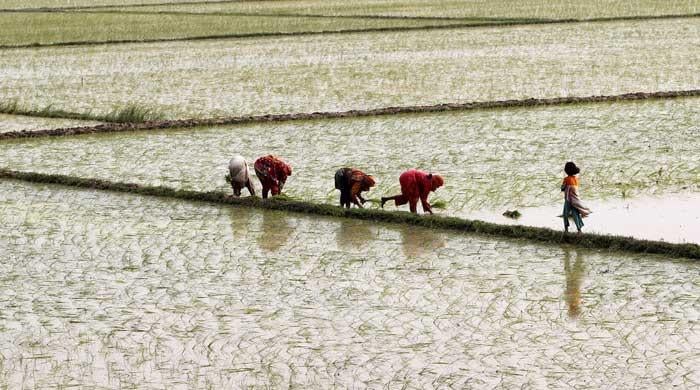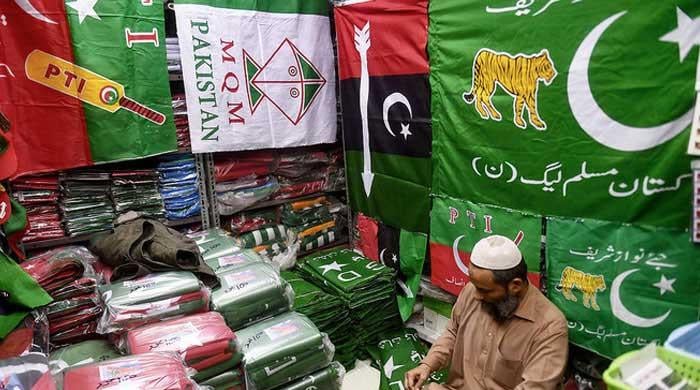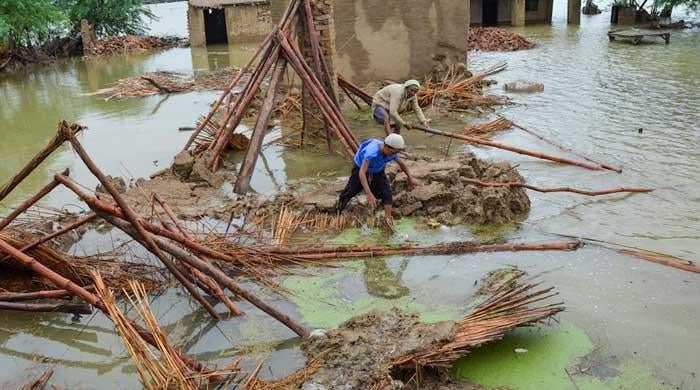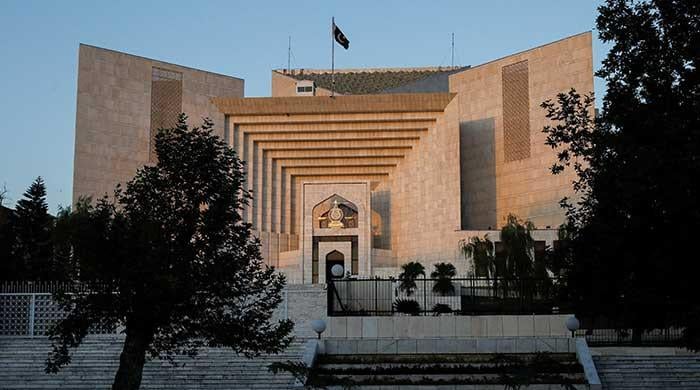Modi's new abnormal: Part - I
If Pakistan were to bring South Asia to the boil every time terror struck in Pakistan, the region would tip over into a war zone
May 29, 2025
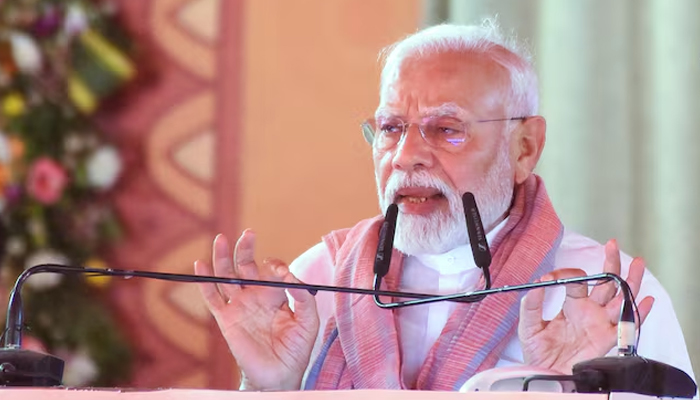
The 87-hour war between India and Pakistan in May 2025 has largely been seen through the spectrum of conventional war, a new water contingency, deterrence dynamics and the prospect of a dangerous escalatory spiral that could tip the region into what is known the world over as the ‘unthinkable’ realm of nuclear conflict.
Given the stakes and the history of serial mistrust between the countries, it is essential to unpack the dynamic behind the hot conflict, but also the Indian doctrinal impulse that seeks to redefine the geopolitical calculus between the two countries in a new strategic ‘abnormal’.
Third-party mediation, rehyphenation, and a public reminder of Kashmir as a renewed international talking point by US President Trump have also awakened the region to ground realities that cannot be deepfaked away as non-existent.
Why is it a new abnormal? One, while a ceasefire is in place for now, the cold peace is being kept deliberately fragile by New Delhi. Officials refuse to acknowledge a need or search for off-ramps, loading stability protocols with too high a political cost. As it stands, DGMO contacts remain the only form of communication between the two countries.
A host of CBMs recommended by Islamabad to manage stability and responsible deterrence have been pushed aside by Narendra Modi’s cabinet, which continues to define the conflict in ongoing terms, principally because New Delhi needs to redefine the outcome of the short war with a new headline for domestic Indian consumption.
According to Indian Defence Minister Rajnath Singh, the May conflict was just a trailer, while the whole movie is yet to follow. Narendra Modi also reminded his public, in a recent display of yet another vulgarisation of war, that his bullet is on the ready for Pakistan.
Such messaging is both dangerous and precipitous. It is, however, fully in line with the weaponisation of words that Modi’s India has chosen to amplify as part of its strategic disinformation narrative both at a global and domestic level.
It is a problem because at home in India, it has created a disjoint between reality and myth, fuelling what is known as a classic ‘commitment trap’. For example, for the entire duration of the war, ‘ 'reality-show blitzkrieg’ mode was driving Indian mainstream television channels, where Pakistani cities were wiped out, and the map of Pakistan stood airbrushed out in a new geography of imperial fantasy.
Yet when the dust started settling on downed IAF aircraft, the ignominious gap between promise and outcome began to be widely questioned both internationally and domestically.
The eventual defogging of the war in India has triggered an impulse to create more 'facts on the ground' to manage a story that has spun out of the Indian state’s control. Instead of creating space for peace, which inevitably follows wars where no decisive win is possible, the Indian government is keeping its public and mass media on the boil for further conflict.
Partially at play, of course, is what former foreign minister Yashwant Sinha says, a Bihar election for Modi in November.
Two, in sharp contrast with Islamabad’s measured and mature kinetic response to a war that was essentially thrust on Pakistan, Modi’s India is clearly seeking to position itself as a 21st-century warrior state while seeking regional hegemony based not on its ability to keep the peace, but on its promise to wage perpetual war.
This is in itself a strategic oxymoron. Hegemons cannot establish dominance by continuously destabilising a region or by attempting to change political borders in a strategic ecosystem that is conventionally evolving but also deterred by nuclear capabilities. The problem is that in the 2025 war, Modi’s India miscalculated Pakistan’s conventional capacities in terms of military agility and skill and in terms of defence hardware and data upskilling.
In an age of cyber, quantum and space warfare, the odds have changed the battlefield calculus. Size and strike carriers matter, but no longer enough to tip the air-land-sea nexus in conflict outcomes.
Now, it is the technology dividend that was available to Pakistan with Chinese cooperation. While Pakistan did not seek to punish civilians, as this goes against both the rules of warfare and codes of humanitarian conduct, the kinetic response to a breach of territorial sovereignty was precise, strategic and proportionate.
Pakistan showed no interest in knocking down more IAF jets than needed to respond or in using more standoff weapons than in response to late-night attacks. Yet the ability to manage conventional deterrence in a new multidomain battlefield was clearly established. This leaves Modi’s geopolitics in a problematic new strategic negative for providing net security to its allies in what is called the Indo-Pacific space.
The third new abnormal that Modi is trying to establish is the unprecedented use of water as a weapon. This will keep the region in a perpetual state of volatility for more than one reason. Intra-state water treaties like the Indus Waters Treaty are never broken by one side, and cannot in fact be put “in abeyance” in any sense of the word, both legally and in practice.
The treaty he wants to suspend was mediated by the World Bank and essentially partitions the water of six rivers between the two countries where it has stood the test of several wars. In fact, over the last two years, the Modi regime has repeatedly spoken of water as a weapon, while simultaneously trying to render the treaty inoperative by blocking the meetings of the Permanent Indus Commission, where data about water flows is shared by both sides.
As a lower riparian, these rivers are in effect the backbone of Pakistan’s agriculture, and support in one way or another 90 per cent of the livelihoods associated with food security. The Indus River System is also the lifeline of the country’s water and hydro-energy resources, with a shared basin with India that spans the size of England. As the largest miner of groundwater in the world, India has already sapped the basin’s aquifers of sweet water.
Instead of going into water and climate dialogue with other riparians and regions, Modi’s new doctrine of perpetual war seeks to add land hunger, food and water famines to a region already stressed by deepening water scarcity, pollution and climate-induced depletions.
The farmer destitution in India itself has led to conflicts and suicides within the country. If unchecked, such anti-life policies will lead to massive out-country migrations both from swathes of Pakistan and India, swelling the ranks of migrants and displaced populations the world over.
Fourth, this doctrinal shift of investing, amplifying and stoking conflict is embedded in an old theory of bleeding Pakistan by a thousand cuts. In the past, this meant squeezing Pakistan at international forums for the fallout of terrorism from the Afghan wars and even the Kashmiri freedom struggle.
The strategy fell by the wayside when Pakistan announced the largest counterterrorism ground-war in a series of prolonged operations around 2008, after the assassination of Mohtarma Benazir Bhutto by terrorists.
Today, when Pakistan is fighting alone after a decade of partnering with Nato on the border of Afghanistan, it has still at different points managed to rid the region of IKSP, and earlier Al Qaeda, as well, while the Indian strategy is to ramp up the proxy war it is actively funding and fighting in Balochistan.
The Indian covert war initiative, both in Balochistan and Afghanistan, seeks to encircle Pakistan in a 'velvet ring' of blood and terror, most recently on display in Khuzdar when an army public school’s children’s bus was bombed.
The smoking gun behind the largest train hijack in the world, in the Jaffar Express bombing, is of course Indian – with a serving military official caught earlier in a classic red-handed case of covert action. Kulbhushan Jadhav is still in Pakistan’s custody, with forensic evidence of his terrorist facilitation shared with the UN. But did Pakistan declare war on India? Of course not.
If Pakistan were to bring South Asia to the boil every time terror struck in Pakistan, from the Samjhauta Express attack to Pathankot, where joint investigations were shut down by India when the dots connected to internal Indian sources by their own investigation agencies, the region would tip over into a war zone with no end.
To be continued.
The writer is chair of the Climate and Environment Standing Committee in the Senate of Pakistan, and former ambassador to the United States.
Originally published in The News




